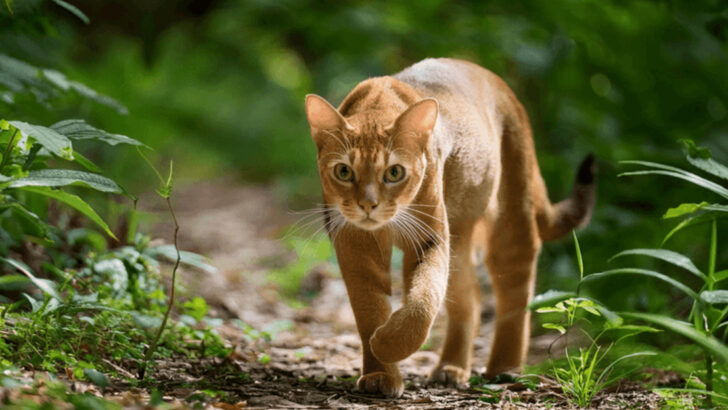Most of us are familiar with the usual mix of tabbies, Siamese, and maybe the occasional Maine Coon. But beyond the cats you typically see curled up in living rooms or peeking out of windows, there’s a whole world of lesser-known breeds that are just as captivating—some even more so. These cats stand out not just because they’re rare, but because they each bring something unusual to the table, whether it’s their coat, size, or history.
Some have only recently been recognized, others have existed quietly in remote corners of the world for centuries. They’re not the kind of cats you’ll stumble upon at a local shelter, but knowing about them adds a new layer of appreciation for how diverse and surprising the feline world can be. If you’re a cat person—or just curious—these breeds are definitely worth a closer look.
Iriomote Cat
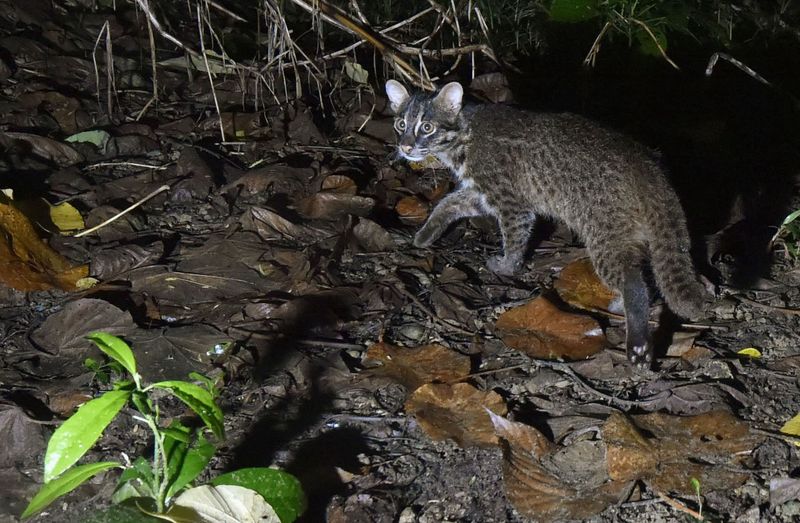
The Iriomote cat, native to Japan’s Iriomote Island, is a rare and elusive wildcat. With only around 100 individuals remaining, this feline is an integral part of the island’s ecosystem. Its small size and unique, dark-spotted fur set it apart.
Visitors to Iriomote Island can explore lush jungles in hopes of catching a glimpse. However, sightings are challenging due to the cat’s nocturnal habits and preference for seclusion. These cats are solitary creatures, often found near water sources, making night-time excursions potentially rewarding.
Conservation efforts are crucial to protect this endangered species.
Jaguarundi
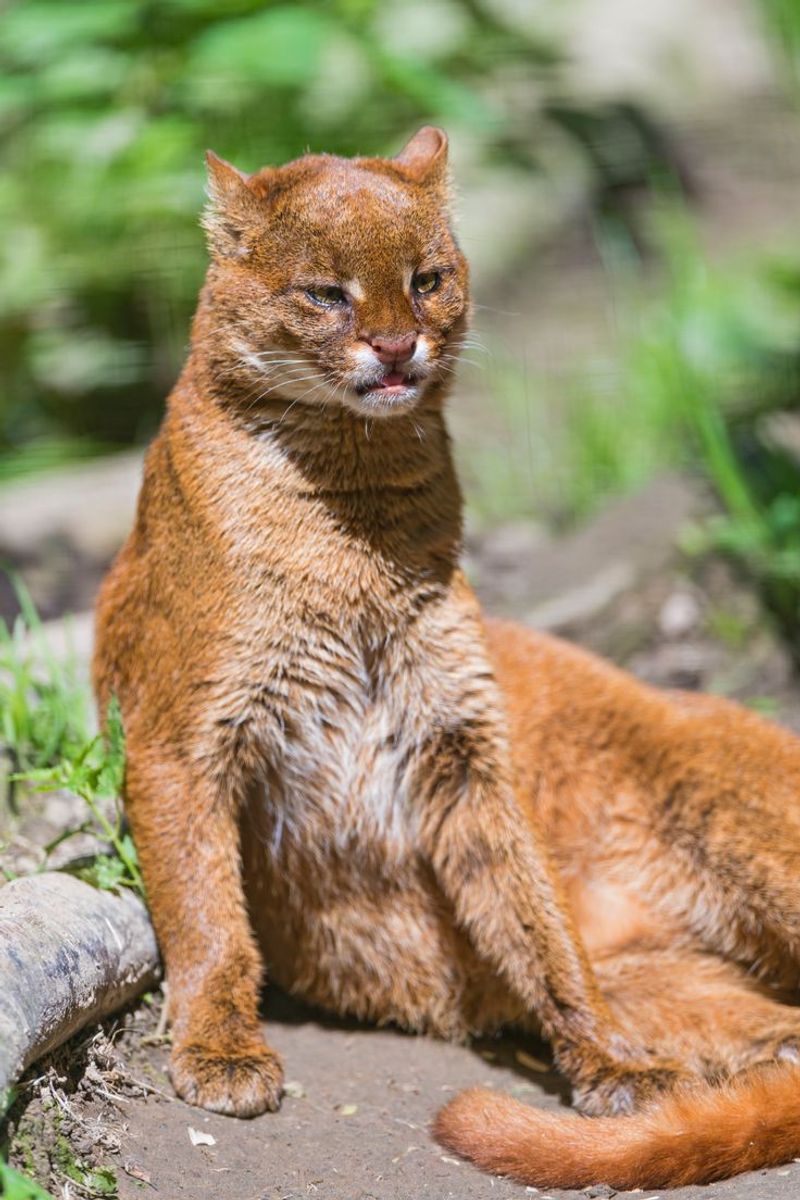
The Jaguarundi, often mistaken for a large weasel, is a cat full of surprises. With its slender body and long tail, it moves with unparalleled grace. Found in the dense forests and brushland of Central and South America, this feline is a master of camouflage.
Its unique appearance sets it apart from other wild cats. Known for its wide range of vocalizations, the Jaguarundi communicates in chirps and whistles. Unlike many cats, it is diurnal, hunting during daylight.
A rare sight, the Jaguarundi is a testament to nature’s diversity. Its adaptability makes it a fascinating study for wildlife enthusiasts.
Flat-headed Cat
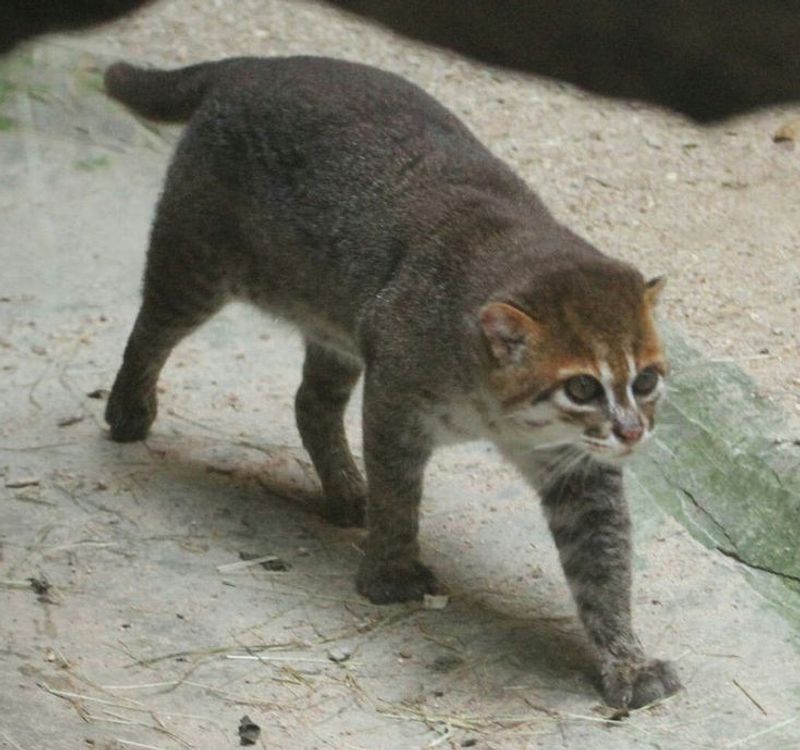
The Flat-headed Cat, with its distinctively flattened skull, is an aquatic marvel. Found in the wetlands of Southeast Asia, it thrives near rivers and swamps. Its elongated snout and webbed feet make it an adept swimmer and fisher.
Unlike typical cats, it prefers water and has a diet rich in aquatic animals. Its unique features help it catch fish with precision. Though small in size, its presence in the ecosystem is significant.
The Flat-headed Cat’s elusive nature and specialized habitat make it a rare sight, sparking curiosity among biologists and cat enthusiasts alike.
Bay Cat
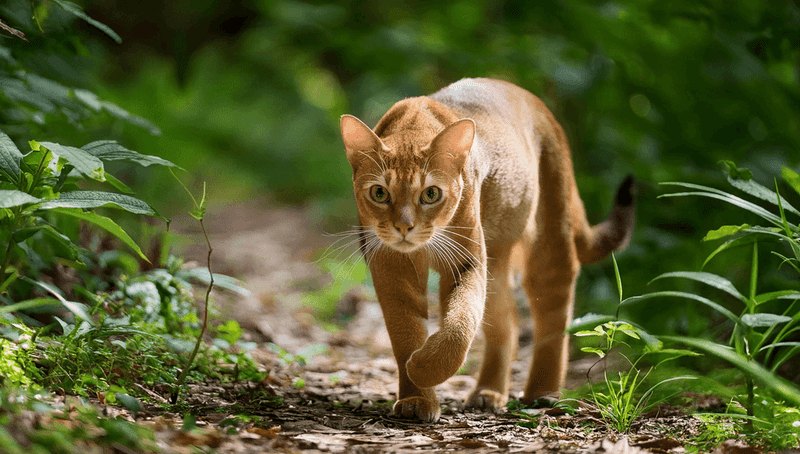
The Bay Cat, native to the rainforests of Borneo, is a phantom of the jungle. Its reddish-brown fur blends seamlessly with the forest floor, making it almost invisible. This elusive cat is rarely seen, even by seasoned researchers.
Living in solitude, the Bay Cat’s stealth is unmatched. Its arboreal habits and keen senses allow it to navigate the dense forest with ease. Despite its elusive nature, it plays a crucial role in maintaining the ecological balance.
The air of mystery surrounding the Bay Cat continues to intrigue scientists, offering a glimpse into the world of secretive jungle dwellers.
Andean Mountain Cat
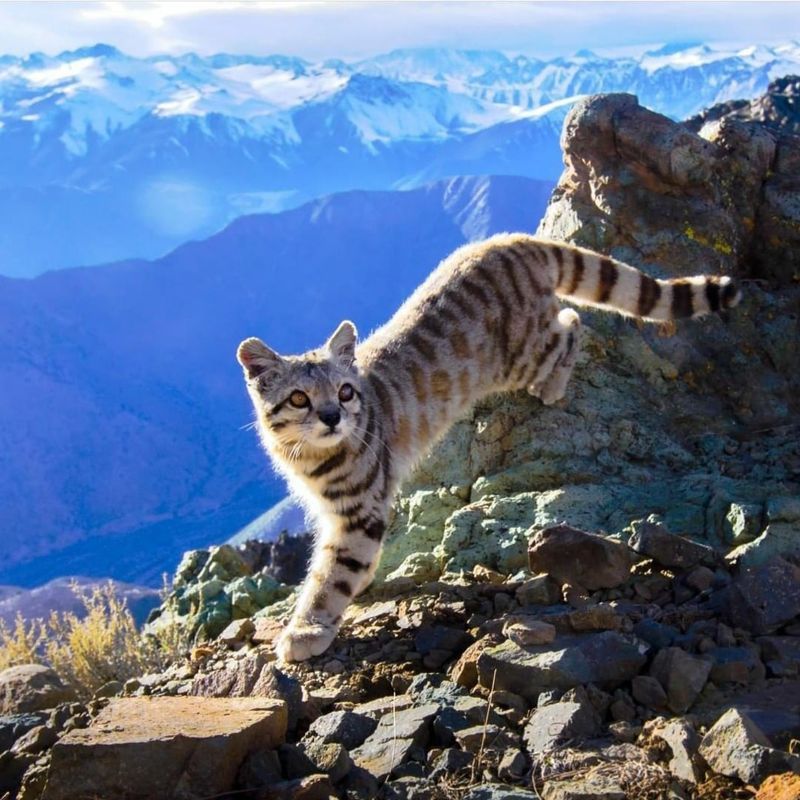
Hidden in the heights of the Andes, the Andean mountain cat is a rare sight. Known for its thick, silvery fur and bushy tail, it blends seamlessly into its rocky environment. This cat is one of the least known and most endangered in the world.
Spotting this feline is a challenge, as it inhabits remote and rugged terrains. Researchers and adventurous travelers alike may venture into the Andes to find it. Patience and luck are your best companions in this pursuit.
Efforts to understand and conserve their habitat are essential for their survival.
Pallas’s Cat
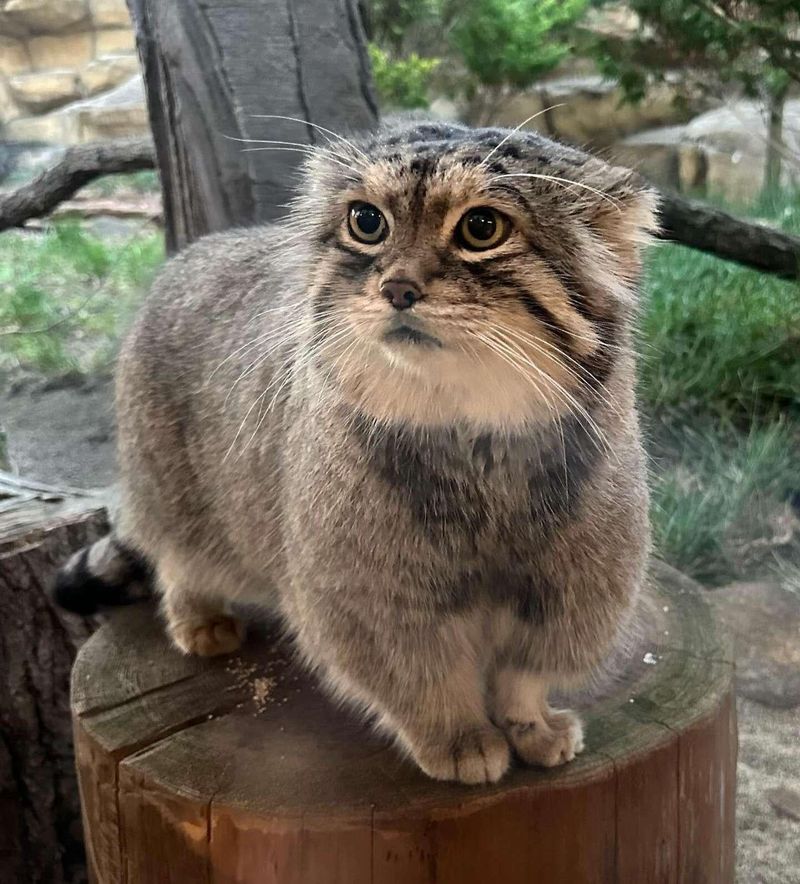
With its expressive face and thick fur, Pallas’s cat is a master of disguise in the steppes of Central Asia. Its wide-set ears and heavy, dense coat provide excellent camouflage against predators and harsh climates.
Often mistaken for a domesticated breed due to appearance, this wildcat is known for its solitary and elusive nature. It thrives in rocky terrains and grasslands, hunting small prey.
Travelers exploring Mongolia and western China might be lucky enough to spot this enigmatic cat. Conservationists strive to protect its natural habitat, ensuring its continued survival.
Black-footed Cat
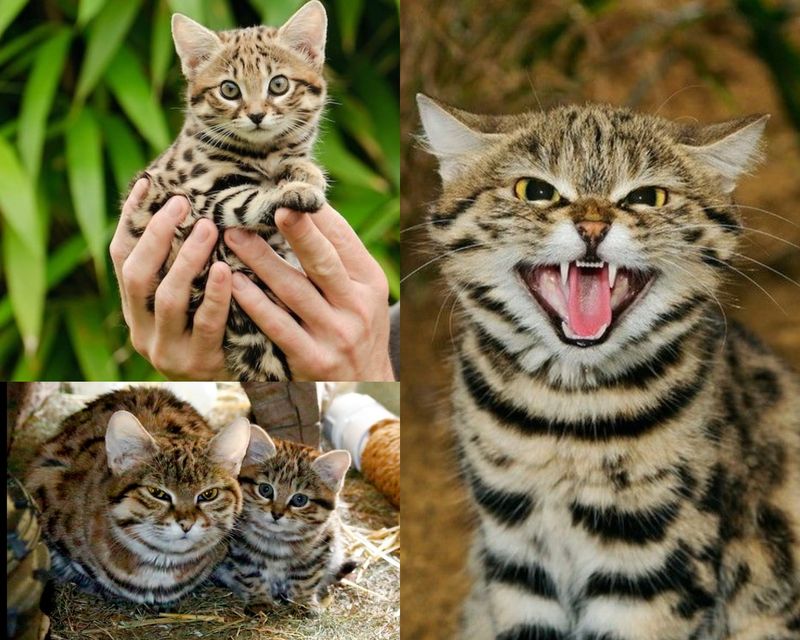
The black-footed cat is Africa’s smallest wild feline, lurking in the vast savannas of South Africa. Despite its diminutive size, it’s a formidable nocturnal hunter, known for its energy and agility.
This cat’s black paws and tawny coat allow it to blend seamlessly into its arid surroundings. Night safaris in South Africa offer the best chance to see these solitary creatures in action.
Their survival is threatened by habitat loss, making conservation efforts vital. Observing them in the wild underscores their incredible resilience and adaptability in challenging environments.
Rusty-spotted Cat
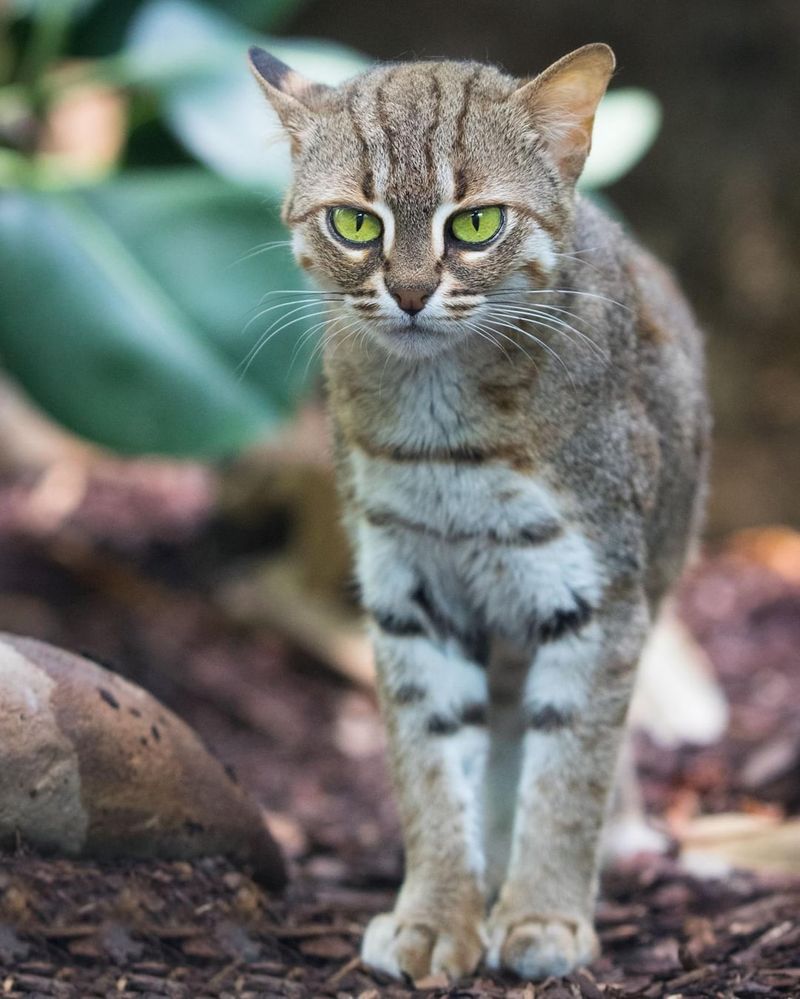
Measuring just 14 inches in length, the rusty-spotted cat is one of the smallest wildcats in the world. Found in India and Sri Lanka, its rusty-spotted coat and vibrant eyes capture attention.
This agile feline is adept at navigating dense forests, often spotted at dusk or night. Its elusive nature makes sightings rare, adding to its mystique.
Conservationists emphasize protecting its habitat from deforestation and human encroachment. Observing this tiny predator in the wild offers a unique glimpse into the adaptability of small wildcats.
Margay
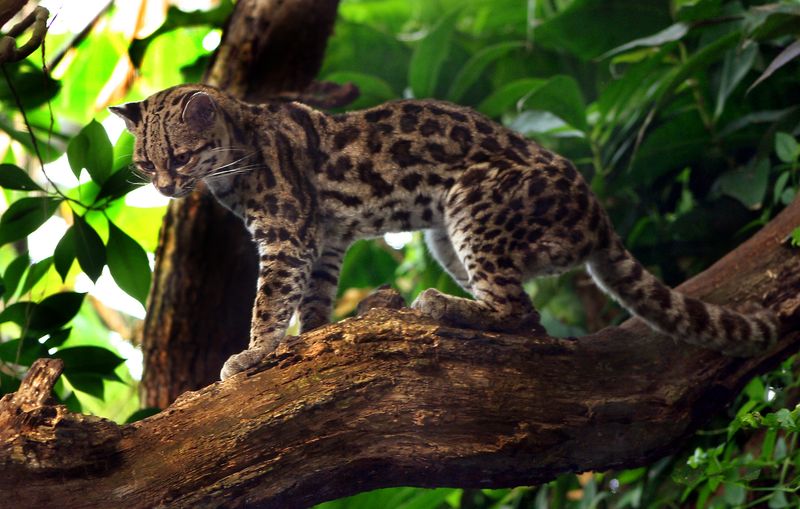
The margay, a master of the treetops, resides in the dense rainforests of Central and South America. Its long tail and large eyes are perfectly adapted for life in the canopy. Unlike many cats, the margay can rotate its ankles, aiding its arboreal lifestyle.
This spotted feline is an agile hunter, preying on small birds and mammals. While sightings are rare, adventurous eco-tourists may encounter them during guided rainforest adventures.
Protecting tropical forests is crucial for the margay’s continued existence, highlighting the importance of sustainable tourism practices in these regions.
Caracal
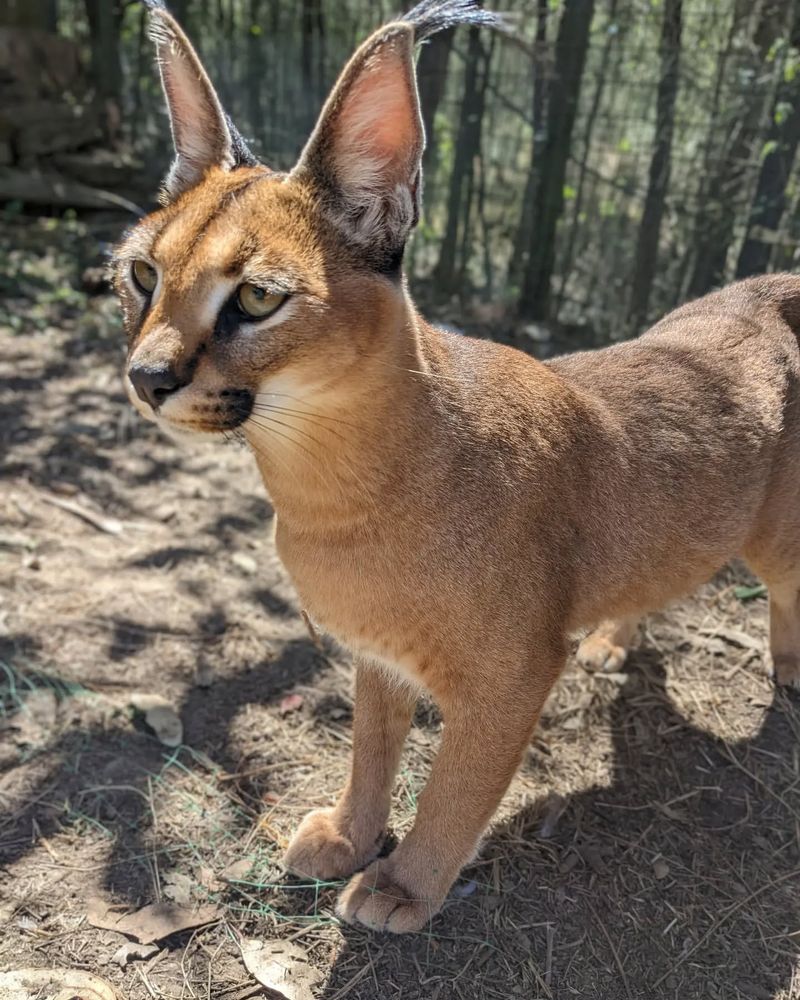
Known for its distinctive ear tufts, the caracal roams the savannas and deserts of Africa and parts of Asia. Its sleek, powerful body is built for speed, making it an exceptional hunter.
The caracal is often found in open areas, using its agility to catch prey. Its reddish-gold coat provides excellent camouflage in arid landscapes.
While commonly seen in wildlife reserves, they can be elusive in the wild. Conservation programs emphasize protecting their habitats, ensuring these majestic cats thrive for future generations.
Fishing Cat
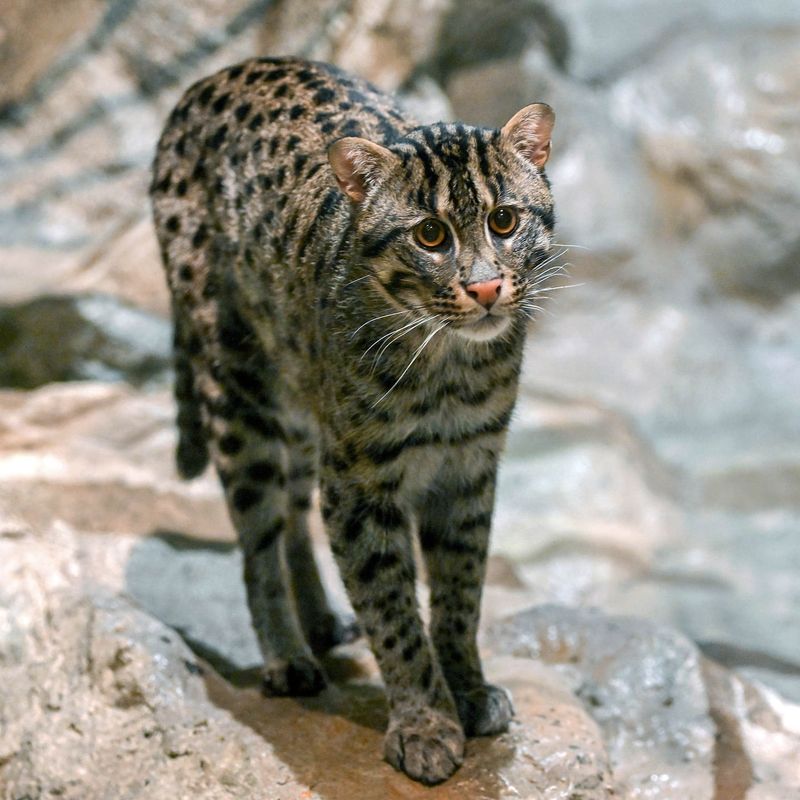
The aptly named fishing cat is a master angler, residing in the wetlands of South Asia. Its partially webbed paws and water-repellent fur make it an adept swimmer.
Found in marshes and mangroves, this cat’s diet largely consists of fish and aquatic life. Observing it hunting in its natural habitat is a rare and fascinating experience.
Their survival is increasingly threatened by wetland degradation. Conservationists stress the importance of preserving these vital ecosystems to ensure the fishing cat’s continued survival.
Serval
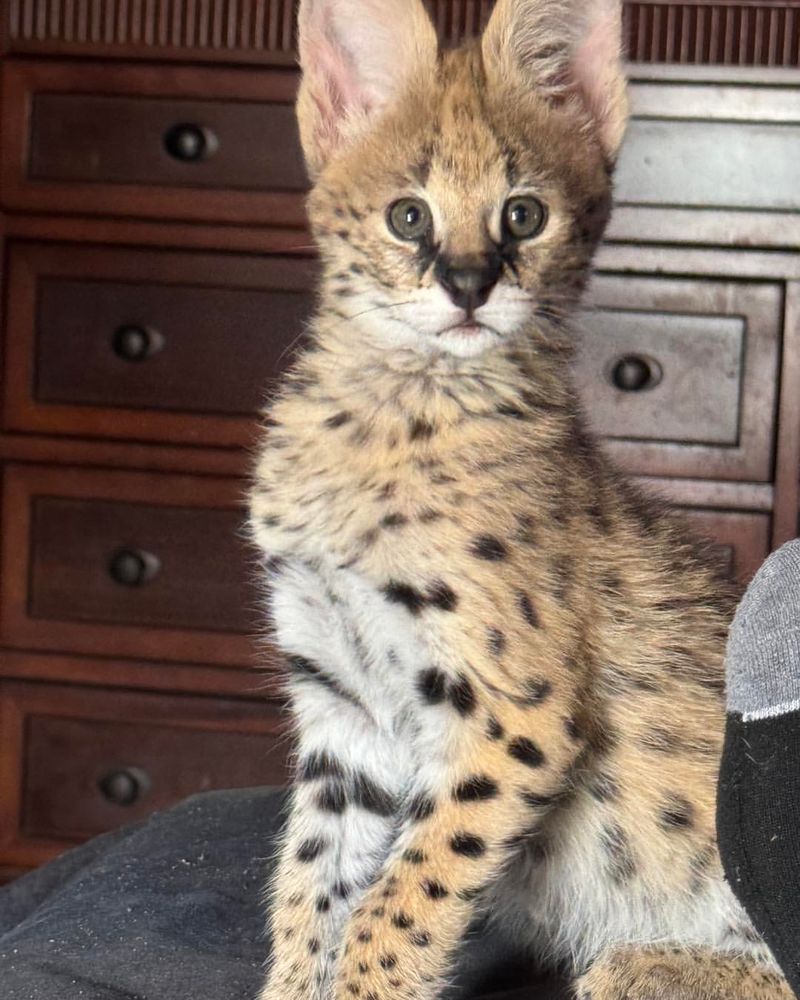
With its long legs and large ears, the serval is perfectly adapted to the African savanna. Its striking appearance and impressive leaping ability make it a fascinating feline.
The serval’s keen hearing allows it to detect prey in tall grasses, making it a proficient hunter. Visitors to African wildlife reserves may witness its stealth and grace first-hand.
Threatened by habitat loss, the serval’s future depends on effective conservation strategies. Observing this elegant cat in the wild highlights the beauty and diversity of Africa’s wildlife.
Sand Cat
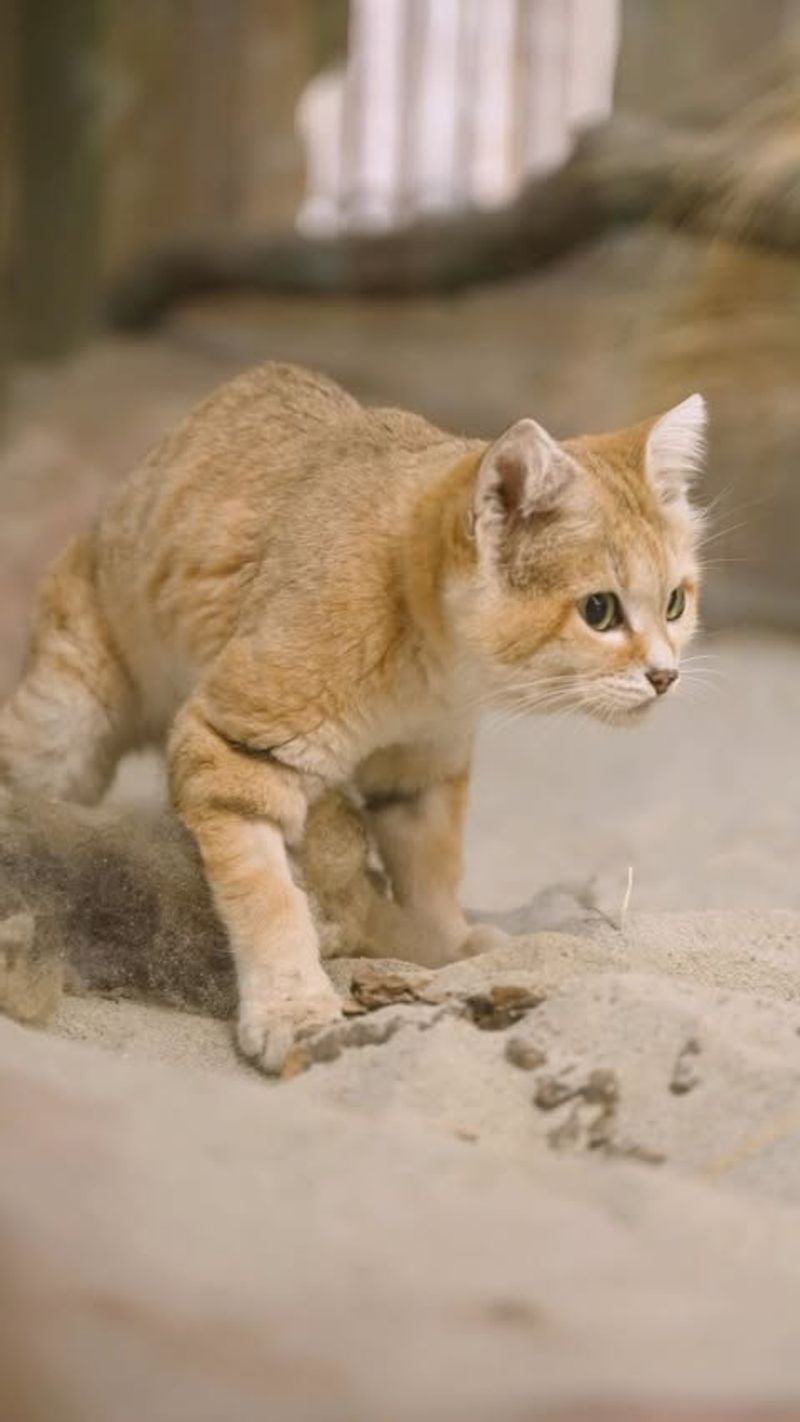
The sand cat is a true desert dweller, found in North Africa’s arid landscapes. Its thick fur and fluffy paws protect it from the harsh desert climate.
This small, elusive feline is nocturnal, making sightings rare. Its sandy-colored coat provides excellent camouflage against predators and prey alike.
Travelers may spot these cats in desert national parks, but patience is required. Conservation efforts focus on protecting its fragile desert habitat, ensuring this unique cat continues to thrive amidst the sands.

